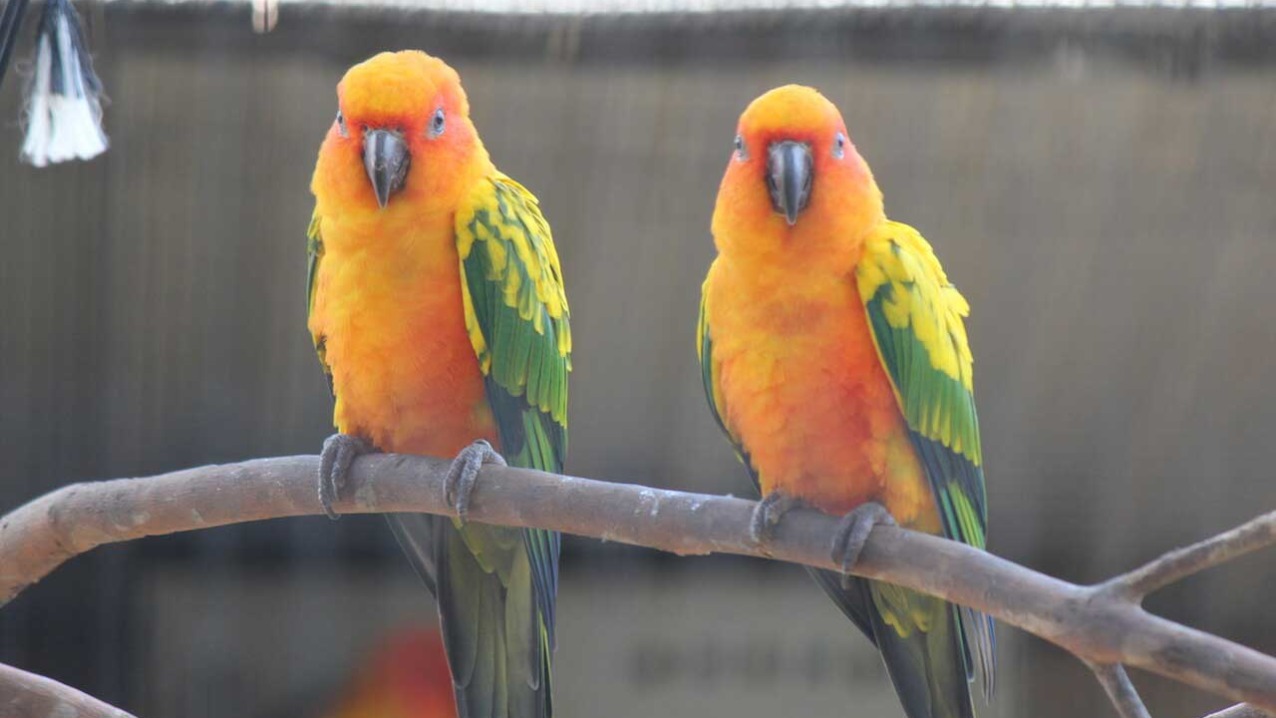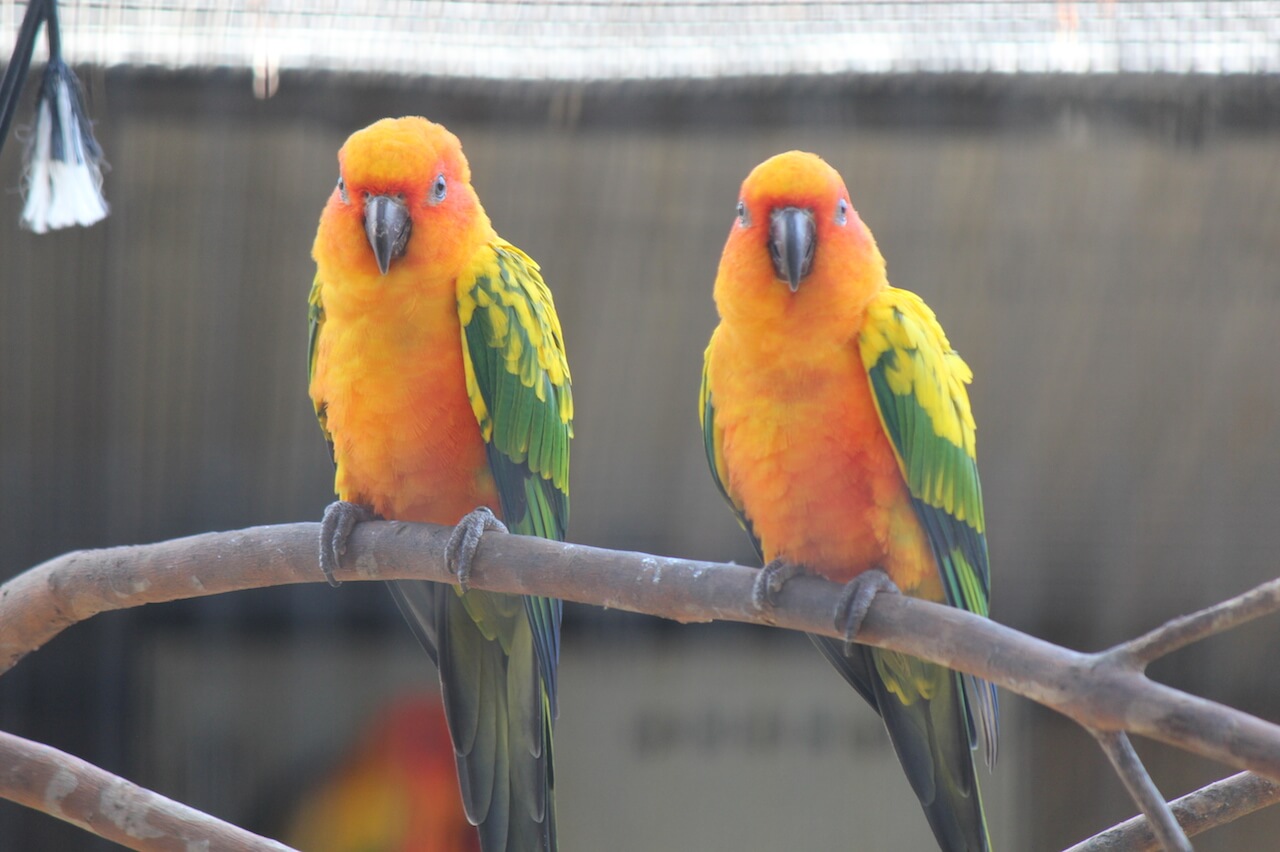aratinga solstitialis
Sun Conure
About Me
Scientific Name: Aratinga solstitialis
Description
At times these birds can be surprisingly inconspicuous as they feed quietly amidst shrubby vegetation. But in flight they are extremely noisy, and their screeching call-notes can be heard long before the birds come into view. The flight is swift and direct.
Fun Facts
- One of the most beautifully colored of the conures, this species is a great favorite with the natives, who raise many young birds by hand.
- These birds use cavities in palm trees as nesting sites, but the details of its breeding behavior in the wild are still unknown.
- Kingdom: Animalia
- Phylum: Chordata
- Class: Aves
- Order: Psittaciformes
The sexes of the Sun Conure look alike. The body is yellow, tinged with orange on the forehead, cheeks, neck, breast and abdomen.
The greater wing coverts are green tipped with yellow; the primary coverts and secondaries are dark blue, edged with green on the outer margins. The flight feathers are green towards the base of the outer webs, blue towards the tips. The tail is olive green, shading into blue towards the tip. The outer feathers are entirely blue on the outer webs.
The iris is brown and the bill is a brownish horn color. The legs and feet are a brownish flesh color. They grow to a length of between eleven and thirteen inches.
One of the most beautifully colored of the conures, this species is a great favorite with the natives, who raise many young birds by hand. Flocks of twenty or more may often be seen flying about the huts or settled on roofs.
Their range is mainly NE South America, the Guianas and north-western Brazil.
They occur principally in natural savannas, but have been found in seasonally inundated scrub forest along the banks of the Amazon River.
At times these birds can be surprisingly inconspicuous as they feed quietly amidst shrubby vegetation. But in flight they are extremely noisy, and their screeching call-notes can be heard long before the birds come into view. The flight is swift and direct.
The flight call is a shrill disyllabic screech, repeated a number of times in rapid succession. They are also known to have a thin, high pitched wheezy note, and while perched they may emit typical chuckling sounds.
Sun Conures are known to feed on seeds, fruits, nuts, berries, and probably blossoms.
These birds use cavities in palm trees as nesting sites, but the details of its breeding behavior in the wild are still unknown.
In captivity the female alone incubates the clutch of four eggs for a month. Both parents feed the chicks. The young fledge some eight weeks after they have hatched.
Other Birds
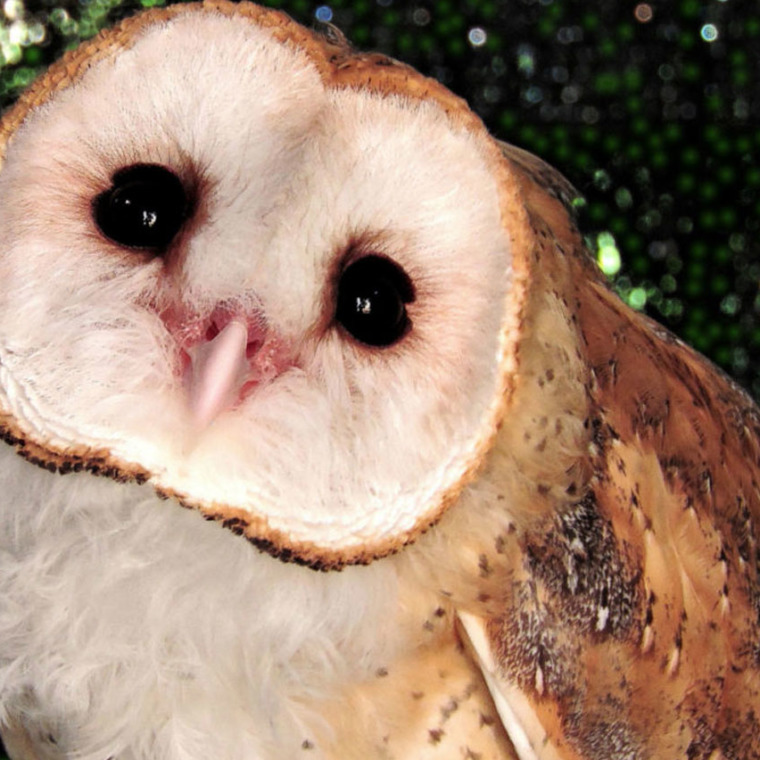
Barn Owls are found throughout the globe, in Europe, Africa, Asia, Austrailia, and the Americas
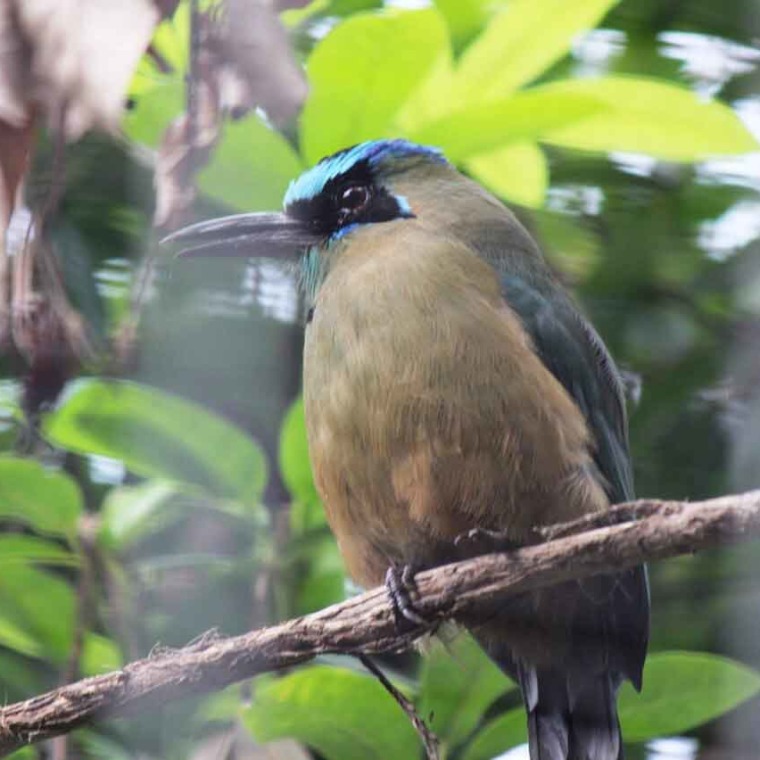
This animal can grow over a foot in length! Motmots possess a serrated beak and red eyes, with a black mask that encircles their heads.
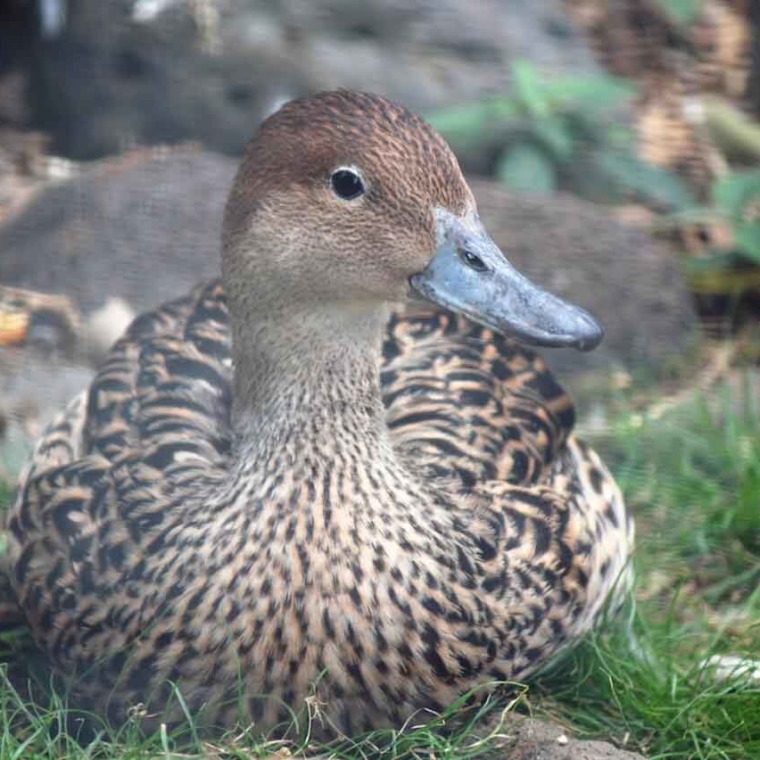
Koloa maoli are very secretive and difficult to observe except in protected areas such as Hanalei National Wildlife Refuge on Kauai.
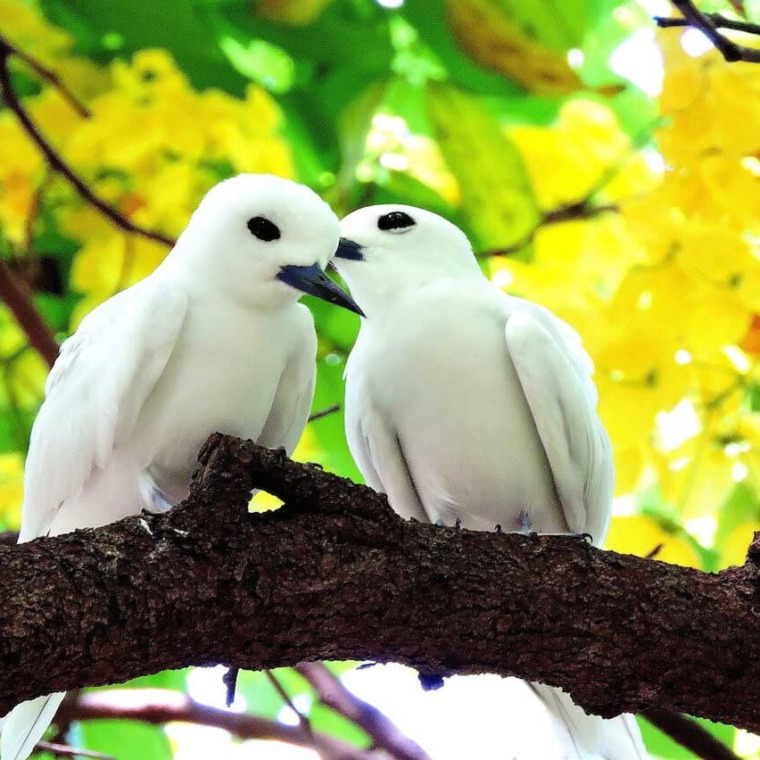
This bird is found primarily on islands, and has a wide ranger across the equatorial band of every ocean on Earth, save for the Arctic Ocean, which does not cross the equator.
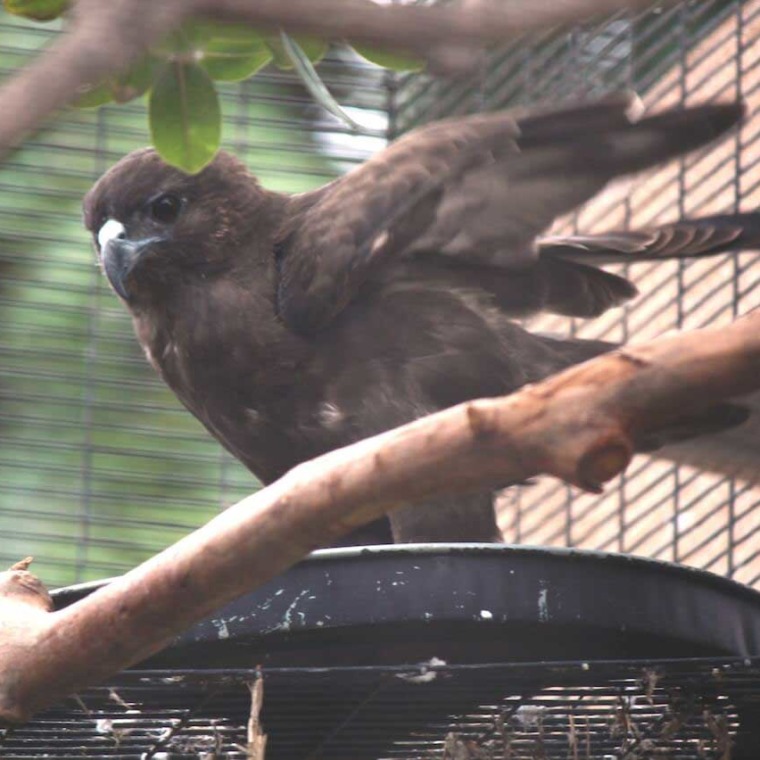
’Io prefer to hunt from tall perches that they use to survey their prey; however, they are known to dive at targets from mid-flight if the opportunity presents itself. are territorial and come together only to breed.


